Posted by Mike Hanson on Mar 28, 2014 | Comments Off on Grumman F4F-3 Wildcat
The F4F-3 and F4F-3a (blue one) at the National Museum of Naval Aviation. Photos are ©Mike Hanson. All rights reserved, personal use only.

F4F-3 Wildcat

F4F-3 Wildcat

F4F-3 Wildcat

F4F-3 Wildcat

F4F-3 Wildcat

F4F-3 Wildcat

F4F-3 Wildcat

F4F-3a Wildcat

F4F-3a Wildcat

F4F-3a Wildcat

F4F-3a Wildcat

F4F-3a Wildcat

F4F-3a Wildcat

F4F-3 Wildcat

F4F-3 Wildcat

F4F-3 Wildcat

F4F-3 Wildcat

F4F-3 Wildcat

F4F-3 Wildcat

F4F-3 Wildcat

F4F-3 Wildcat

F4F-3 Wildcat

F4F-3 Wildcat

F4F-3 Wildcat

F4F-3 Wildcat

F4F-3 Wildcat

F4F-3 Wildcat

F4F-3 Wildcat

F4F-3 Wildcat

F4F-3 Wildcat

F4F-3 Wildcat

F4F-3 Wildcat

F4F-3 Wildcat

F4F-3 Wildcat

F4F-3 Wildcat

F4F-3 Wildcat

F4F-3 Wildcat

F4F-3 Wildcat

F4F-3 Wildcat

F4F-3 Wildcat

F4F-3 Wildcat

F4F-3 Wildcat

F4F-3 Wildcat

F4F-3 Wildcat

F4F-3 Wildcat

F4F-3 Wildcat

F4F-3 Wildcat

F4F-3 Wildcat

F4F-3 Wildcat

F4F-3 Wildcat

F4F-3 Wildcat

F4F-3 Wildcat

F4F-3 Wildcat

F4F-3 Wildcat

F4F-3 Wildcat

F4F-3 Wildcat

F4F-3 Wildcat

F4F-3 Wildcat

F4F-3 Wildcat

F4F-3 Wildcat

F4F-3 Wildcat

F4F-3 Wildcat

F4F-3 Wildcat

F4F-3 Wildcat

F4F-3 Wildcat

F4F-3 Wildcat

F4F-3 Wildcat

F4F-3 Wildcat

F4F-3 Wildcat

F4F-3a Wildcat

F4F-3a Wildcat

F4F-3 Wildcat

F4F-3 Wildcat

F4F-3 Wildcat

F4F-3 Wildcat

F4F-3 Wildcat

F4F-3 Wildcat

F4F-3 Wildcat

F4F-3 Wildcat
Like this:
Like Loading...
Posted by Mike Hanson on Feb 25, 2014 | Comments Off on February 2014 Swap Meet
We had a fairly good turnout of sellers at the Swap Meet in February. Here are some photos, courtesy of George Hecht.

Swap Meet

Trunks full of stuff

Weather was very cooperative

Anybody want a 1/72 Japanese Submarine?

Spending time talking about models.

Don’t forget a chair!

Tents were handy!
Like this:
Like Loading...
Posted by Mike Hanson on Feb 20, 2014 | Comments Off on Curtiss-Wright P-40B
One of the most widely recognized aircraft of WWII, the P-40 served a variety of nations in combat theaters from the skies over China to the sands of Northern Africa. Between 1939 and the delivery of the last example on 30 November, 1944, a total of 13,738 P-40s came off the Curtiss-Wright Corporation assembly line. In addition to being flown under the name “Warhawk” by the U.S. Army, a number of models were allocated to the British, who referred to them as “Tomahawks” and, int he case of later versions of the P-40, “Kittyhawks.”
In the summer of 1941, a batch of 100 export P-40s was diverted from a British contract for use by the American Volunteer Group (AVG), a band of flyers tasked with helping to defend China against the Japanese. Contrary to popular belief, the AVG was not a U.S. Army unit, but a civilian contracted organization which was made up mostly of naval aviators recruited from the Navy and Marine Corps.
Entering combat for the first time on 20 December, 1941, the Flying Tigers, as the group became known, flew their shark-mouthed P-40s against the Japanese until their disestablishment on 4 July 1942. In almost seven months of action over China and Burma, they were credited with the destruction of 286 Japanese aircraft.
This restored P-40B ‘Tomahawk” was initially used by the Royal Air Force before being transferred to the Soviet Union during WWII. During it’s service with the Soviets, it crashed due to engine failure near the city of Murmansk. Similar to the type flown by the Flying Tigers during 1941-1942, it is painted in the markings of former naval aviator Robert Neale, who was the AVG’s leading ace with 15 1/2 kills.
These images were taken at the National Museum of Naval Aviation in Pensacola, Florida. Images are copyright ©Mike Hanson and ©Earl Petrikin. Used with permission. All rights reserved.

Curtiss-Wright P-40B

Curtiss-Wright P-40B

Curtiss-Wright P-40B

Curtiss-Wright P-40B

Curtiss-Wright P-40B

Curtiss-Wright P-40B

Curtiss-Wright P-40B

Curtiss-Wright P-40B

Curtiss-Wright P-40B

Curtiss-Wright P-40B

Curtiss-Wright P-40B

Curtiss-Wright P-40B

Curtiss-Wright P-40B

Curtiss-Wright P-40B

Curtiss-Wright P-40B

Curtiss-Wright P-40B

Curtiss-Wright P-40B

Curtiss-Wright P-40B

Curtiss-Wright P-40B

Curtiss-Wright P-40B

Curtiss-Wright P-40B

Curtiss-Wright P-40B

Curtiss-Wright P-40B

Curtiss-Wright P-40B

Curtiss-Wright P-40B

Curtiss-Wright P-40B

Curtiss-Wright P-40B

Curtiss-Wright P-40B

Curtiss-Wright P-40B

Curtiss-Wright P-40B

Curtiss-Wright P-40B

Curtiss-Wright P-40B

Curtiss-Wright P-40B

Curtiss-Wright P-40B

Curtiss-Wright P-40B

Curtiss-Wright P-40B

Curtiss-Wright P-40B

Curtiss-Wright P-40B

Curtiss-Wright P-40B

Curtiss-Wright P-40B

Curtiss-Wright P-40B

Curtiss-Wright P-40B

Curtiss-Wright P-40B

Curtiss-Wright P-40B

Curtiss-Wright P-40B

Curtiss-Wright P-40B

Curtiss-Wright P-40B
Like this:
Like Loading...
Posted by Mike Hanson on Jan 28, 2014 | Comments Off on Ferrari 512bb/LM
A number of detail shots of the Ferrari 512bb/LM from Cavaillino in January 2014. This includes both Series 1 and Series 2 cars – they can be easily differentiated by the style of the body. The S1 cars were more similar to the road car, with no aerodynamic modifications to the sides of the car, and the NACA vent is straight, whereas the S2 cars had a more slab-sided, aerodynamic shape and the NACA vent had vanes. The interiors of each of the cars were pretty unique, even within the series – of the cars I’ve seen, each was different in some way. The engine on the S2 cars developed more power, but visually they are similar.

Ferrari 512bb/LM Series 1

Ferrari 512bb/LM Series 1

Ferrari 512bb/LM Series 1

Ferrari 512bb/LM Series 1

Ferrari 512bb/LM Series 1

Ferrari 512bb/LM Series 1

Ferrari 512bb/LM Series 1

Ferrari 512bb/LM Series 1

Ferrari 512bb/LM Series 1

Ferrari 512bb/LM Series 1

Ferrari 512bb/LM Series 1

Ferrari 512bb/LM Series 1

Ferrari 512bb/LM Series 1

Ferrari 512bb/LM Series 1

Ferrari 512bb/LM Series 1

Ferrari 512bb/LM Series 1

Ferrari 512bb/LM Series 1

Ferrari 512bb/LM Series 1

Ferrari 512bb/LM Series 1

Ferrari 512bb/LM Series 1

Ferrari 512bb/LM Series 1

Ferrari 512bb/LM Series 1

Ferrari 512bb/LM Series 1

Ferrari 512bb/LM Series 1

Ferrari 512bb/LM Series 1

Ferrari 512bb/LM Series 1

Ferrari 512bb/LM Series 1

Ferrari 512bb/LM Series 1

Ferrari 512bb/LM Series 1

Ferrari 512bb/LM Series 1

Ferrari 512bb/LM Series 1

Ferrari 512bb/LM Series 1

Ferrari 512bb/LM Series 1

Ferrari 512bb/LM Series 1

Ferrari 512bb/LM Series 2

Ferrari 512bb/LM Series 2

Ferrari 512bb/LM Series 2

Ferrari 512bb/LM Series 2

Ferrari 512bb/LM Series 2

Ferrari 512bb/LM Series 2

Ferrari 512bb/LM Series 2

Ferrari 512bb/LM Series 2

Ferrari 512bb/LM Series 2

Ferrari 512bb/LM Series 2

Ferrari 512bb/LM Series 2

Ferrari 512bb/LM Series 2

Ferrari 512bb/LM Series 2

Ferrari 512bb/LM Series 2

Ferrari 512bb/LM Series 2

Ferrari 512bb/LM Series 2

Ferrari 512bb/LM Series 2

Ferrari 512bb/LM Series 2

Ferrari 512bb/LM Series 2

Ferrari 512bb/LM Series 2

Ferrari 512bb/LM Series 2

Ferrari 512bb/LM Series 2

Ferrari 512bb/LM Series 2

Ferrari 512bb/LM Series 2

Ferrari 512bb/LM Series 2

Ferrari 512bb/LM Series 2

Ferrari 512bb/LM Series 2
Like this:
Like Loading...






































































































































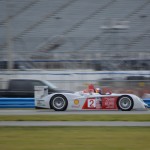
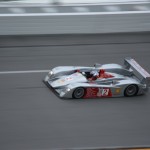
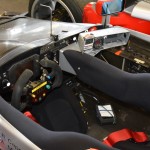
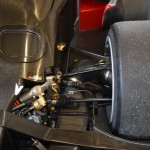
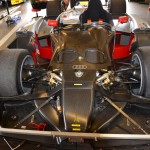
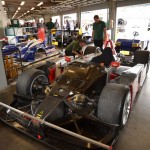
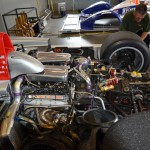
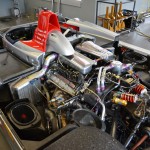
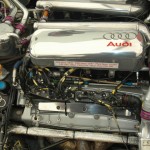
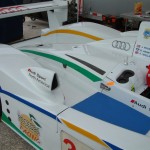
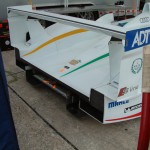
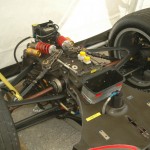
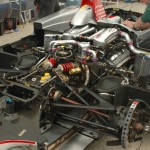
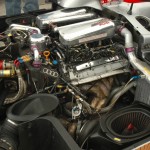
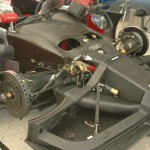
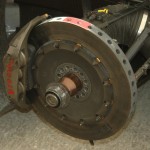
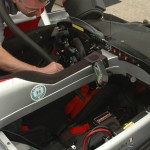
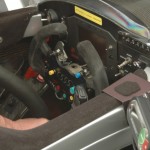
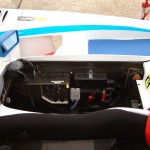
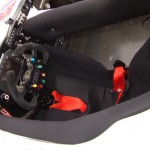
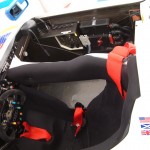
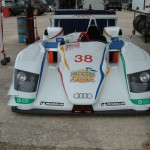
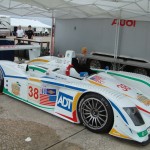
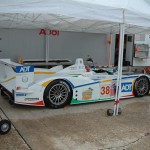





























































You must be logged in to post a comment.